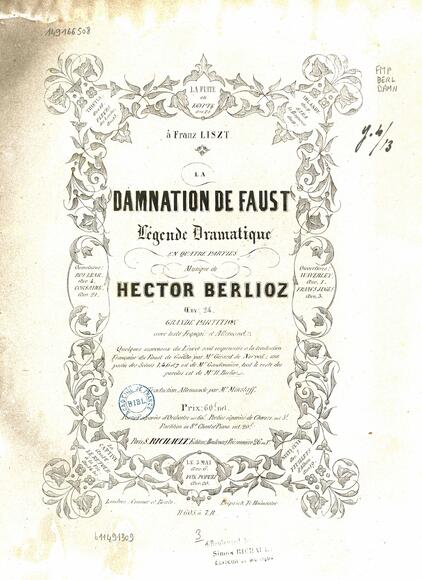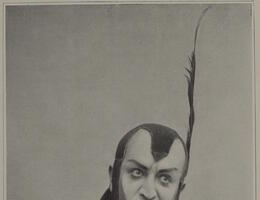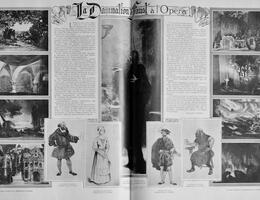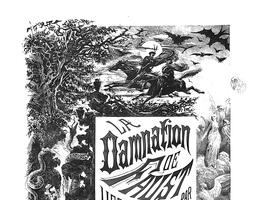La Damnation de Faust

- Première partie (Plaines de Hongrie)
Scène 1. Introduction - 2. Ronde des Paysans - 3. Marche Hongroise
- Deuxième partie (Nord de l’Allemagne)
4. Faust seul dans son cabinet de travail. Chant de la Fête de Pâques - 5. Faust. Méphistophélès (La Cave d’Auerbach à Leipzig) - 6. Chœur de Buveurs. Chanson de Brander. Fugue sur le thème de la Chanson de Brander. Chanson de Méphistophélès (Bosquets et prairies du bord de l’Elbe) - 7. Air de Méphistophélès. Chœur de Gnomes et de Sylphes. Ballet des Sylphes - 8. Chœur de Soldats. Chanson d’Étudiants
- Troisième partie (Dans la chambre de Marguerite)
9. Tambours et Trompettes sonnant la retraite. Air de Faust - 10. Faust. Méphistophélès - 11. Marguerite. Le Roi de Thulé - 12. Évocation. Menuet des Follets. Sérénade de Méphistophélès avec Chœur de Follets - 13. Duo - 14. Trio et Chœur
- Quatrième partie
15. Romance de Marguerite - 16. Invocation à la nature - 17. Récitatif et Chasse - 18. La Course à l’Abîme - 19. Pandæmonium - 20. Dans le Ciel
After the fiasco of Benvenuto Cellini (1838), the Paris Opéra excluded Berlioz, and other theatres in the capital were reluctant to present the works of a man who as a critic was liable to launch vigorous attacks on their productions. Berlioz therefore decided to compose a work that required no staging. From the material of his Huit scènes de Faust (op. 1, 1829) he composed La damnation de Faust, a four-part “légende dramatique” probably begun in 1845. For the libretto, he combined fragments taken from Gérard de Nerval’s translation of Goethe’s Faust, Part One, some additional text written to his specifications by Almire Gandonnière, and some of his own lines. Showing respect and impertinence in equal measure, he broke away from Goethe, particularly for the outcome: his Faust is precipitated into the Underworld at the end of a headlong “ride to the abyss” recalling Bürger’s poem Lenore. What he did take up from Goethe, however, was the idea ofa discontinuous dramatic composition, with much use of ellipsis, combining meditative moments and moments of action, and operating by means of a juxtaposition of tableaux. The orchestra, given a considerable role, underlines the images contained in the text or else suggests what is left unsaid in the libretto. When it was first performed in its concert version at the Opéra-Comique on 6 December 1846, the audience was taken aback by the unusual conception of the work. Since the reception at the performance given two weeks later was no better, the work was taken off, and it was not heard again in France during Berlioz’s lifetime. Its first successful complete performance in concert took place in Paris in 1877. It was staged as an opera for the first time at the Monte-Carlo Opera House in 1893, and since then it has been widely presented in that format. Some episodes, such as the Ballet des sylphes, the Menuet des follets and Marguerite’s aria “D’amour l’ardente flamme”, have also achieved success in their own right.
Documents and archives

Press illustration, Picture of a scene, Photograph



